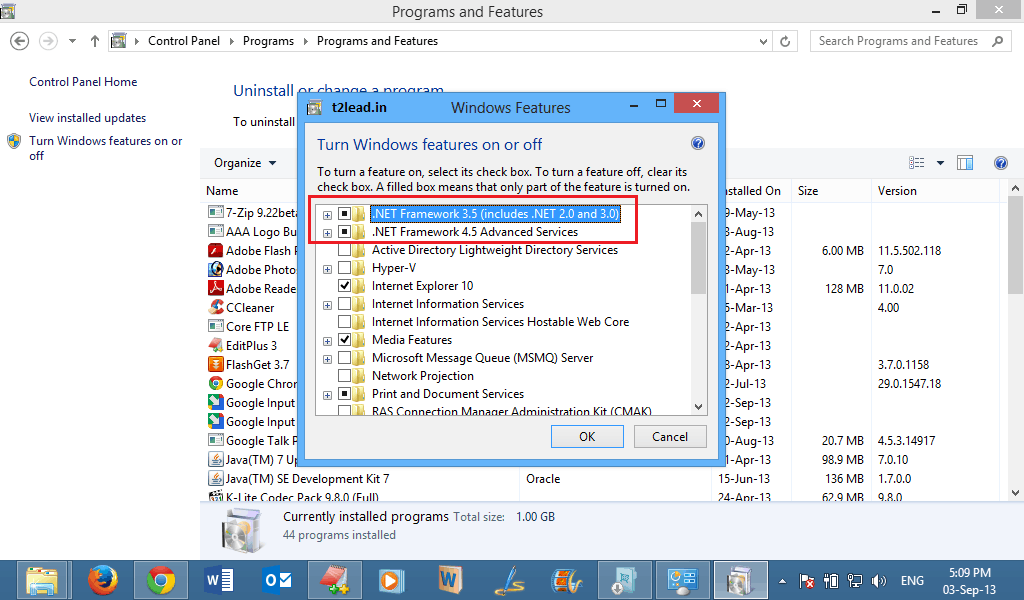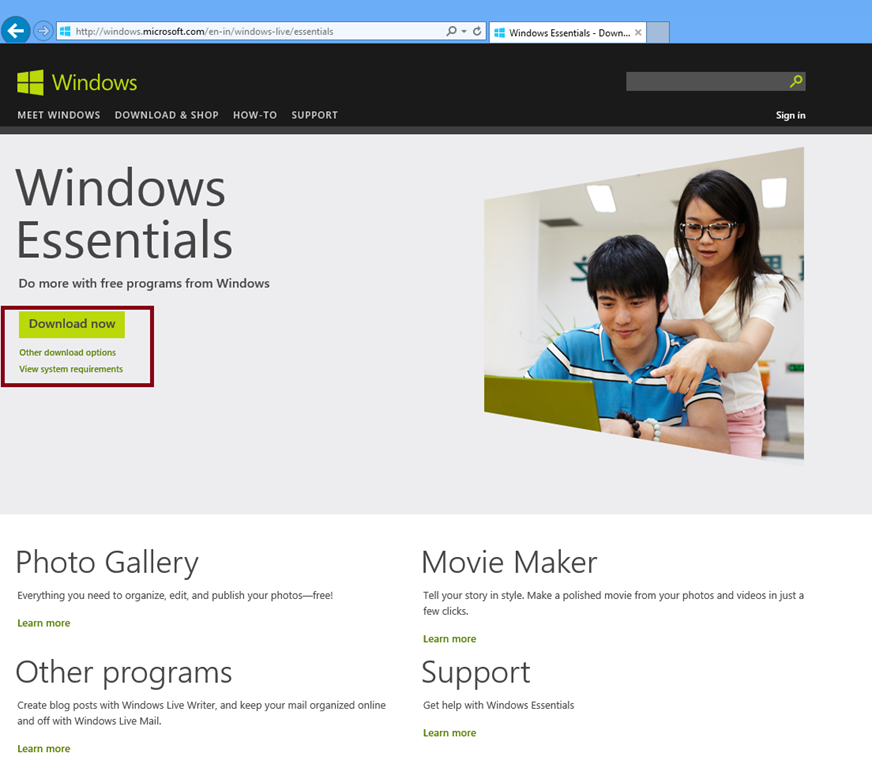2020. 2. 15. 14:31ㆍ카테고리 없음
Some websites give up if they don't recognize your browser as Chrome, Firefox, IE, etc. You can change the browser name sent to web sites at Preferences Network Identify As Either choose a predefined user-agent or choose Custom and find a suitable string in. Many other websites use similar means of detecting the browser. Google the superior practice for website creators of checking which features are present rather than browser name/version, but has since weakened this stance with their browser's growing market share. There are missing icons/ warnings. Midori uses a wide variety of icons which may not be present in all themes. For instance icons for a new tab, to represent scripts, or the throbber may not available.

To fix this, install a Freedesktop.org spec compliant icon theme, such as Elementary, Faenza, Buuf or GNOME. If you need to set a custom path for these to be “searched in” (Kiosks and embedded devices for example): XDGDATAHOME=/path/to/location will add an extra path for the icons/ directory In addition, GTK3 may remove icons from menus. This may be changed by placing gtk-menu-images=true in the file /.config/gtk-3.0/settings.ini Tweaking Midori on the Gtk level. No key store is available or it's incorrectly setup. By default GNOME keyring can do this. Under Xfce it is recommended to enable “GNOME services” under “Session and Startup settings”.
To make sure, that the output of “gnome-keyring –startup” is correctly sent to the environment, you can add “export `gnome-keyring-daemon –start`” to.xinitrc. In order to solve it, follow the steps: 1- make sure that gnome-keyring-pkcs11.so exists in your machine, the location can be found with: $ sudo find / -name gnome-keyring-pkcs11.so Depending on the architecture it can be under /usr/lib/x8664-linux-gnu/pkcs11 or /usr/lib/i386-linux-gnu/pkcs11 If you don't find them, you must install it: 64bit machine: $ sudo apt-get install libp11-kit-gnome-keyring 32bit machine: $ sudo apt-get install libp11-kit-gnome-keyring:i386 After that the file should be in the expected place. 2- Now CLOSE Midori. 3- After it is totally closed, run: 64bit machine: $ modutil -add gnome-keyring -libfile./lib/x8664-linux-gnu/pkcs11/gnome-keyring-pkcs11.so -mechanisms RSA:DSA -dbdir /.config/midori/ 32bit machine: $ modutil -add gnome-keyring -libfile./lib/i386-linux-gnu/pkcs11/gnome-keyring-pkcs11.so -mechanisms RSA:DSA -dbdir /.config/midori/ A testcase for self-signed certificates. Nspluginwrapper is a program that runs Flash and other Netscape plugins in a separate process. So a crash can't crash the whole browser and Flash, which is GTK+2 can run in GTK+3. Sudo apt-get install nspluginwrapper # On Debian/ Ubuntu - on other systems sudo apt-get install flashplugin-installer # cd into the folder where the plugin was installed nspluginwrapper -v -a -n -i libflashplayer.so /.mozilla can also be used with Adobe's tarball if system-wide install is not an option.
The approach is confirmed to work with x86-64 as well. Another remedy is using WebKit2 - starting with Midori 0.4.9 experimental support is available,. HTTPS URLS won't load. First enable spell checking: Edit→Preferences→Behavior and check “Enable Spell Checking”. Now while typing any errors should get underlined in red. To get suggestions, highlight the word and right-click. You should see a list of suggestions at the top of the menu.
On Windows, find the zipped file(s) for your locale(s) and unpack the contents into share/myspell/dicts/ in your Midori installation. The folder should contain.aff and.dic files Is it possible to disable Same Origin Policy? What Webkit settings not in the preferences can I change? File menu/ App Menu button → Private Browsing A private window is a separate process, so crashes don't affect the normal browser session. No sensitive data such as cookies, history or bookmarks are stored. No extensions are loaded.
Panels are not available. As of Midori 0.2.9 Private Browsing uses preferences, cookies, keyboard shortcuts and search engines from the normal session, but it won't save any changes. This behaviour can be emulated from the command line with “-a” and “-c”. As of Midori 0.3.4 the –private command line switch opens a private browsing instance with normal preferences, cookies, shortcuts and search engines. But no changes will be saved.

DNS prefetching is disabled in this mode, also referrers are stripped down to the hostname when navigating between different websites. The same options available to -a/ –app can be used for private browsing mode. Portable mode/ Win32.
There is no specific mode, instead you use several command line switches. A typical fullscreen setup with no toolbar that opens about:blank and resets the session after 2 minutes of inactivity for instance: midori -i 120 -e Fullscreen -e Navigationbar -a about:blank Available commands for -e can be listed with “midori –help-execute”. If needed, a customized profile can be created with “midori -c /path/to/folder”. Using the shortcut editor extension, keyboard shortcuts can be removed as needed. Afterwards just append “-c /path/to/folder” to the kiosk mode command line. To restrict pages that can be opened, you can use a regular expression. The expression is a blacklist.
To block undesirable sites you can do something like: -b 'youtube youporn' By negating the expression you can also whitelist pages.b '^(?!.?(gmail mail.google accounts.google)).' Any links outside end up in an error page. All images and other files won't be loaded. Always open Midori in Fullscreen. Type the following in there: settings button=2 As of Midori 0.5.0 individual gestures can be configured freely in the file /.config/midori/extensions/libmouse-gestures.so/ gestures. Consult “midori –help-execute” for a list of available actions, which are placed on the left of the equals sign. On the right goes a sequence of directions, (W)est, (E)east, (N)orth, (S)outh, (S)outh(W)est, etc., with a semicolon (;) after each, as shown below: gestures Quit=W;E; TabPrevious=SW; TabNext=SE; Additionally, there are programs allowing mouse gestures system-wide, for example.
User scripts and styles. First enable the “User Addons” extension.
It will show up as a “User Scripts” panel (and it also provides “User Styles”). Now you need to find some scripts. You can find some. Most scripts work fine, some may be written specifically for other browsers.
If you have Midori 0.3.0 or newer, you will be offered to install scripts as soon as you see them on the page. To manually install a userscript, you have to download the script as a file, and put it in the folder /.local/share/midori/scripts. You need to create that folder if it doesn't exist yet. Midori will automatically see and use it, which you can also see in the user scripts panel.
If the script is only shown as source code on the page, you first have to create a new text file in a text editor, copy the source code into the new file, and save it as my-user-script.js where “.js” is the extension. Compatibility with GreaseMonkey. As previously mentioned, Midori can use most scripts you will find. Midori supports Greasemonkey's @include and @exclude metadata so that scripts are only loaded on appropriate pages. Midori doesn't support advanced metadata, such as @require and @resource, so user scripts can't define dependencies on other scripts - most of the time this isn't a problem. Midori also does not support.
Scripts must also be compatible with Webkit, since Midori is based on WebKit. A Greasemonkey script that makes use of functionality of Gecko/ Firefox will not work in Midori. Flash blocking via a User script. First, you need to find some styles (or write your own). You can find some. Many styles may or may not work, depending on whether the author decided to use browser specific features.
To install a user style, you have to download the style as a file, and put it in the following directory /.local/share/midori/styles (you may need to create that directory if it does not exist). Midori will automatically see and use it, which you can also see in the user styles panel. Note, if the style is only shown as source code on the page, you first have to create a new text file in a text editor, copy the source code into the new file, and save it as my-user-style.css where “.css” is the extension. How to install a user style before Midori 0.0.20. WebKit is the core of the Midori browser, and it determines how web pages are rendered. Because WebKit is a complex piece of software and compatible with various libraries, its version numbers and naming schemes can at times be confusing.
WebKit itself is a library which works in many environments, such as Windows, OS X, and various Linux DE. There are different “ports”, one of which corresponds to each of these environments, and each of which is slightly different in bugs and features at any given time. The WebKit port used by Midori (because Midori is built with GTK+) is WebKitGTK+. WebKitGTK+ can be compiled against either GTK+2 or GTK+3. This will result in library filenames like libwebkitgtk-1.0.so or libwebkitgtk-3.0.so, respectively.
This has nothing to do with the version of WebKit itself. WebKit has a “new API layer designed from the ground up to support a split process model”–so pages can crash without the entire browser crashing.
This layer is called WebKit2, and for WebKitGTK+ it requires building against GTK+3, producing a library file called libwebkit2gtk-3.0.so. To find out the version of WebKitGTK+ your build of Midori is using, visit about:version. Version Number Interactions. The WebKit2 API layer is available from fairly old WebKit versions through the present, but Midori's WebKit2 support requires version 2.0.0 or newer of WebKitGTK+.
Current versions of WebKitGTK+ continue to support GTK+2 and GTK+3 (the latter since 1.4.x or so). As stated above, the WebKit2 API layer is only available with GTK+3. Midori's support for WebKit2 is still provisional, and likely unsuitable for real-world daily usage; much work is being done in this area so that Midori can use WebKit2 by default at some point in the future. Midori and mediaHerald.
/ ##Installing GStreamer on Windows 8 & 10 ####GStreamer is a library for constructing graphs of media-handling components. The applications it supports range from simple Ogg/Vorbis playback, audio/video streaming to complex audio (mixing) and video (non-linear editing) processing. To start the installation process, access this link: From here you will choose the latest version package. Download the developer (devel) package, alongside a default.msi package. Example: gstreamer-1.0-x8664-1.11.1.msi gstreamer-1.0-devel-x8664-1.11.1.msi (2017-01-17) Start installing gstreamer, and find file(s) in computer. During installation, choose the COMPLETE package among the three choices.

Follow these command prompt lines carefully:. cd. cd C: gstreamer 1.0 x8664 bin #####(may vary depending what package you downloaded / which directory you placed it in). dir search for 'gst-launch-1.0.exe' file Now you are ready to do a test run:. gst-launch-1.0.exe videotestsrc! Autovideosink Ready to record with a camera? Type the following command:.
How To Install Gstreamer In Ubuntu
gst-launch-1.0 autovideosrc! Autovideosink Want some audio alongside the recording? Try:. gst-launch-1.0 autovideosrc! Autovideosink autoaudiosrc! Autoaudiosink You are now ready to start saving recordings to your computer!. GStreamer command examples(GStreamer command examples).